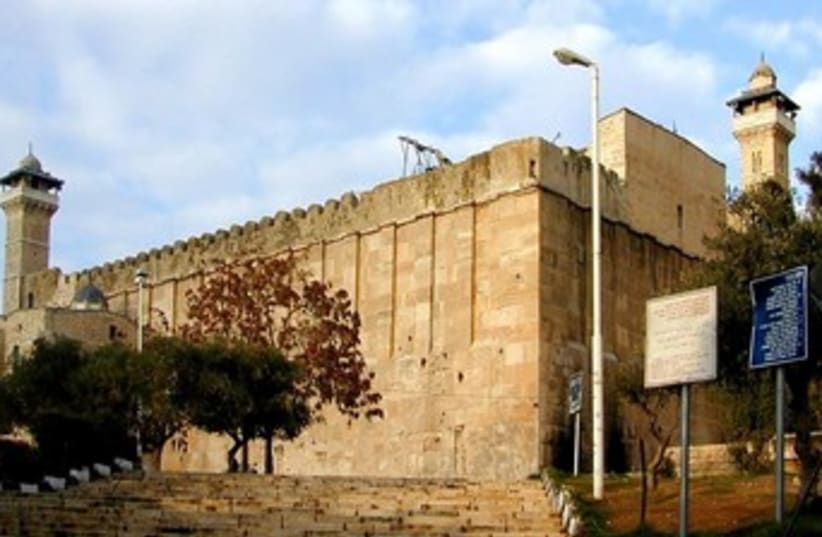Towering like a fortress over the shoddy buildings that surround it, the ancient structure in Hebron covers a site sacred to Jews, Christians, and Muslims. In elevation, Hebron stands taller than even Jerusalem. And other than the Temple Mount itself, no other place remains as revered to peoples whose hopes and faiths could not be more diverse.The building covers the Cave of the Patriarchs, the place the Bible refers to as the burial ground for the Hebrew patriarchs and their wives. In the first century BC, Herod the Great constructed a massive wall around the cave—a beautiful edifice with construction techniques similar to those of the Temple Mount.As with Jerusalem’s Western Wall Tunnel, the massive size of the foundation stones surrounding the Cave of the Patriarchs inspires awe to all who see them. With Herod’s signature relief framing the edges, each stone sits slightly offset from the one beneath it, providing the optical illusion of both loftiness and grandeur. Inside the wall, the pavement also dates to Herod’s day.As centuries passed, the four sides of the structure would include porticoes, and a partition divided the different faiths that came to visit. The Augustinian Canons rediscovered the Cave of the Patriarchs below Herod’s structure in AD 1119. For a time, anyone could visit the underground area. But by the end of the 13th century, no one from the general public was allowed in the cave.
Sites and Insights: Hebron, cave of the patriarchs
Uniting Jews, Christians and Muslims, many biblical tombs reside in the ancient city of Hebron.

Towering like a fortress over the shoddy buildings that surround it, the ancient structure in Hebron covers a site sacred to Jews, Christians, and Muslims. In elevation, Hebron stands taller than even Jerusalem. And other than the Temple Mount itself, no other place remains as revered to peoples whose hopes and faiths could not be more diverse.The building covers the Cave of the Patriarchs, the place the Bible refers to as the burial ground for the Hebrew patriarchs and their wives. In the first century BC, Herod the Great constructed a massive wall around the cave—a beautiful edifice with construction techniques similar to those of the Temple Mount.As with Jerusalem’s Western Wall Tunnel, the massive size of the foundation stones surrounding the Cave of the Patriarchs inspires awe to all who see them. With Herod’s signature relief framing the edges, each stone sits slightly offset from the one beneath it, providing the optical illusion of both loftiness and grandeur. Inside the wall, the pavement also dates to Herod’s day.As centuries passed, the four sides of the structure would include porticoes, and a partition divided the different faiths that came to visit. The Augustinian Canons rediscovered the Cave of the Patriarchs below Herod’s structure in AD 1119. For a time, anyone could visit the underground area. But by the end of the 13th century, no one from the general public was allowed in the cave.